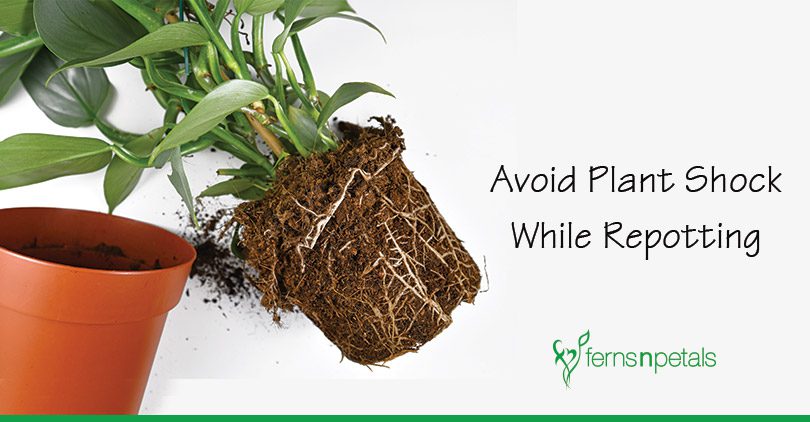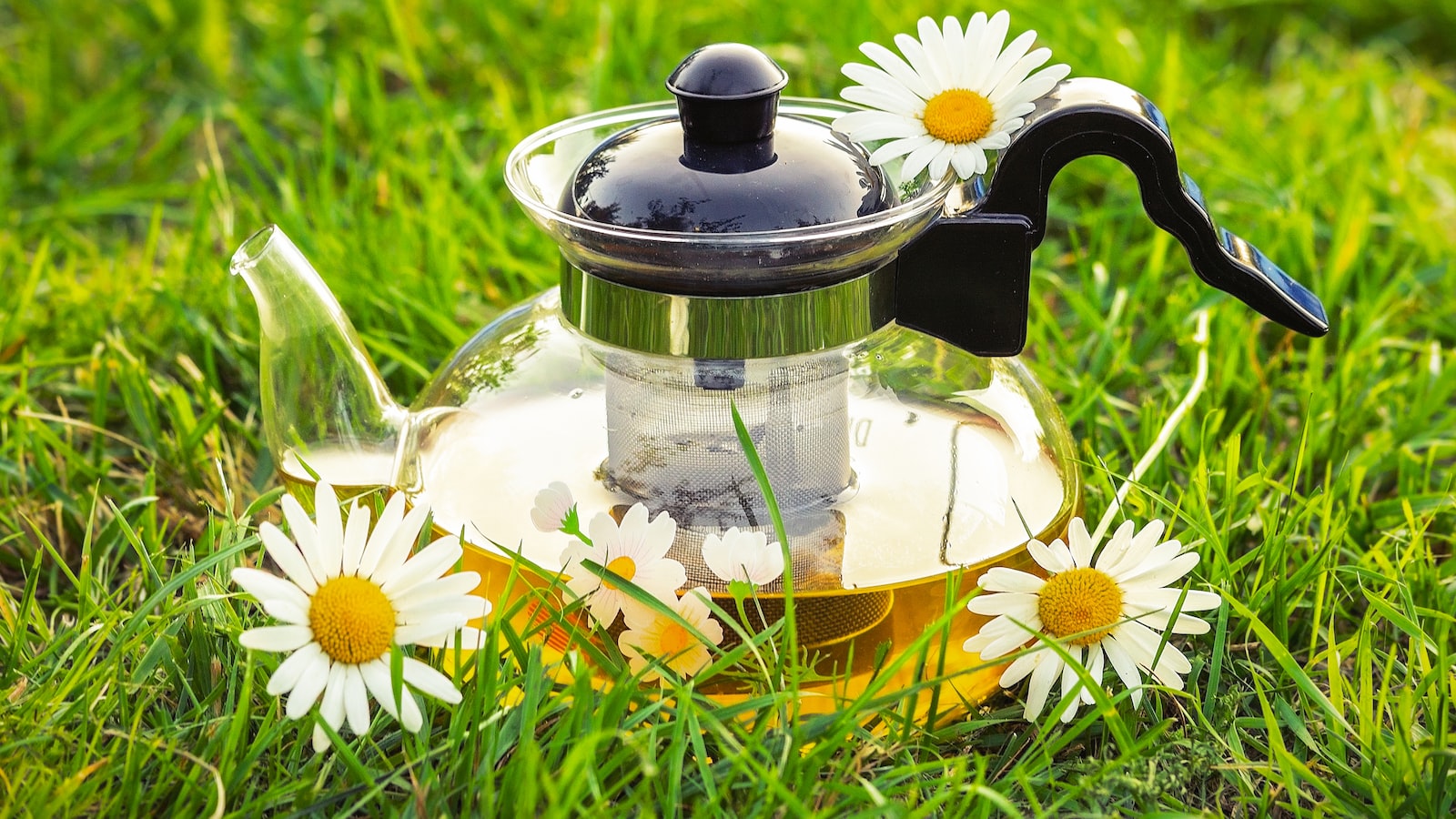
Crisp leaves drift lazily through the misty autumn air, and as summer’s vibrant hues gradually fade, a horticultural quandary arises: can you repot plants in the fall? In this perplexing venture where nature’s cycle intertwines with our green thumbs, we embark on a journey to decode the secrets of the earth and discover if autumn’s gentle caress can breathe life into our potted companions. As we delve into the depths of horticultural wisdom, we aim to unravel the mysteries that lie beneath the surface, cautiously treading the line between nature’s course and our ardent desire to nurture. Brace yourselves, fellow enthusiasts, for we are about to unearth whether the fall season embraces new beginnings or demands we wait patiently for spring’s gentle touch.

1. The Optimal Timing: Exploring the Feasibility of Repotting Plants in the Fall
As the vibrant colors of summer gradually fade away, many plant enthusiasts wonder if the fall season is the right time to repot their beloved leafy companions. The answer lies in understanding the unique characteristics of plants and the benefits that repotting during this time can bring. Contrary to popular belief, fall repotting can be advantageous, as plants enter a dormant phase, allowing them to adjust to their new environment more efficiently. It’s crucial, however, to consider a few key factors before embarking on this journey.
Firstly, it’s important to inspect your plant’s root system for signs of overgrowth or root-bound conditions. If the roots are excessively circling the pot or if the soil seems compacted and water fails to penetrate evenly, repotting should be considered. Secondly, selecting the right pot size is crucial. Choosing a slightly larger pot allows room for root expansion, but be cautious not to overwhelm the plant with an excessively large container. Lastly, ensure you have the appropriate soil mixture ready, enriched with organic matter to provide optimal drainage and nutrient availability.
| Features |
Tips |
| Enhanced Growth |
Maintain Adequate Moisture |
| Repotting during fall promotes healthy root development and encourages stronger growth in the following growing season. |
Water your plant thoroughly after repotting and monitor its moisture levels to prevent over- or under-watering, ensuring a balanced growth environment. |
| Protection Against Extreme Temperatures |
Light Adjustment |
| Repotted plants have a better chance of withstanding the harsh winter conditions, as their roots are given an opportunity to establish and anchor securely. |
Gradually adjust the plant to lower light conditions by moving it to a slightly shadier spot for a few days after repotting, allowing it to acclimate gently. |

2. Assessing the Benefits: How Repotting in the Fall Can Support Plant Health
As autumn begins to unfold, the question of whether you can repot your beloved plants may arise. Rest assured, for repotting in the fall can prove to be highly advantageous in supporting plant health. While it may seem like an unconventional practice, certain plants actually benefit greatly from being repotted during this season. By taking advantage of this unique opportunity, you can provide your plants with the care they need to thrive.
One major benefit of repotting in the fall is that it allows plants to establish their root systems before the harsh winter conditions kick in. When plants are repotted, they are given a fresh, nutrient-rich soil mixture, which can help replenish the essential elements necessary for healthy growth. Additionally, repotting offers an opportunity to inspect the root system and remove any damaged or diseased roots, reducing the risk of potential issues later on.
Loading... Seconds Left for
Miniature Orchid Terrarium Gallery!

| Features |
Tips |
| 1. Enhanced nutrient absorption |
1. Choose the right container size |
| 2. Increased root development |
2. Use well-draining soil mixture |
| 3. Easier elimination of pests |
3. Water thoroughly after repotting |

3. Essential Considerations: Choosing the Right Plants and Techniques for Fall Repotting
Fall is a wonderful time for repotting your beloved plants, as long as you take a few essential considerations into account. Choosing the right plants and techniques for fall repotting can make all the difference in the health and success of your plants. Here are some key factors to keep in mind before embarking on this endeavor.
- Plant Selection:
>Opt for plants that are more tolerant of root disturbance and can handle the stress of repotting during the cooler months.
- Consider plants that are fast-growing, as they will quickly establish new roots in their new pots before winter arrives.
- Soil Choice:
>Use a well-draining soil mix to prevent waterlogged roots during the fall season’s more frequent rains.
- Incorporate organic matter, such as compost or peat moss, to enrich the soil and promote healthy root growth.
- Repotting Technique:
>Gently remove the plant from its current pot, taking care not to damage the root ball.
- Trim any dead or damaged roots and loosen any densely matted roots before placing the plant in its new container.
- Maintenance and Aftercare:
>Water the repotted plants thoroughly after the repotting process and ensure proper drainage.
- Protect the newly repotted plants from extreme cold temperatures by moving them to a sheltered area or providing additional insulation.
By carefully considering these essential factors, you can ensure a successful and thriving fall repotting experience for your beloved plants. Happy repotting!

Repotting plants in the fall can be a great way to refresh your indoor or outdoor garden, but it’s essential to follow best practices and tips to ensure successful results. Here, we’ve gathered expert recommendations to guide you through the fall repotting process.
1. Choose the right plants: Not all plants thrive when repotted in the fall. Before you start, make sure to research which plants can tolerate fall repotting and which ones prefer to be left undisturbed until spring.
2. Timing is key: Aim to repot your plants early in the fall before the temperature drops too much. This way, your plants will have enough time to establish their roots and withstand the upcoming winter.
<th>Features
| Tips |
| Use the correct pot size |
Choose a pot that provides enough room for the plant’s roots to grow, but not excessively large. |
| Prepare the soil |
Mix a well-draining potting mix that suits your plant’s needs, ensuring proper aeration and moisture retention. |
| Watering after repotting |
Give your repotted plant a thorough watering after the process, and keep an eye on its water requirements in the following weeks. |
3. Check for pests and diseases: Before repotting, inspect your plants for any signs of pests or diseases. Address these issues before moving the plant to its new home to avoid infestations or spreading infections.
4. Handle with care: When removing a plant from its current pot, be gentle to avoid damaging the roots. If the plant has become root-bound, gently loosen the roots to encourage healthy growth.
Frequently Asked Questions
Q: Can you repot plants in the fall and expect them to thrive?
A: Yes, you can! Repotting your plants in the fall can actually be a wonderful opportunity for their growth and rejuvenation.
Q: Why is f
all a good time to repot plants?
A: Fall is perfect for repotting because plants typically enter a dormant phase during this season. With cooler temperatures and shorter daylight hours, they naturally slow down and prepare for the winter. Repotting during this time allows them to focus their energy on root development rather than putting forth new leaves or flowers.
Q: Are there any precautions one should take when repotting in the fall?
A: Absolutely! While fall repotting can be beneficial, it is crucial to exercise caution. Ensure that you choose containers that have proper drainage, as excess moisture can cause root rot. Additionally, be mindful not to over-pot your plants. Give them enough space to grow, but avoid placing them in containers that are too large, which can lead to waterlogged soil. Remember, moderation is key! As the vibrant hues of autumn begin to paint the world in a kaleidoscope of colors, our gardens gently prepare for their seasonal slumber. With the crisp air whispering tales of change, we often find ourselves contemplating the fate of our precious potted plants. As we bid farewell to the sun-soaked days of summer, the question arises: can you repot plants in the fall?
In this journey of gardening inquiry, we have unraveled the delicate dance between plant and gardener, weighing the pros and cons of disrupting the natural cycle. We have discovered that, much like the changing leaves, there is wisdom in embracing the ebb and flow of nature’s rhythm.
We have exp
lored the notion of transplanting, pondering the impact of uprooting our green companions as the temperature shifts and daylight dwindles. While fall traditionally signifies a period of rest for both flora and fauna, there are circumstances in which repotting might become a necessity.
Delving into the intricacies of plant biology, we have learned that certain species thrive when transplanted during the autumnal months. Their resilience and adaptability equip them with the ability to acclimate to new surroundings, ensuring their roots are well established come spring’s awakening. Yet, caution must be exercised, for not all plants appreciate such interruptions to their seasonal harmony.
In the lineage of horticultural wisdom, we have embraced gardening evangelists who advocate for a careful approach to repotting in the fall. Their gentle reminders to assess the needs of each individual plant, consider their current health, and respect their natural schedule have resonated deeply.
While the u
rge to rearrange and rejuvenate our plant companions may pulsate within us, it is crucial to reflect upon the balance between our desires and their welfare. Like an artist delicately wielding a brush, we must approach repotting in the fall with a gentle hand, recognizing that patience and knowledge are the true stamps of an accomplished gardener.
As we conclude this garden-bound odyssey, we step back and admire the nuanced tapestry that is our natural world. The answer to the question, “can you repot plants in the fall?” is not a definitive yes or no, but rather an acknowledgment of the delicate dance between nature and nurture. It is an invitation to listen to the whispers of the leaves, to respect the resilience of our green companions, and to tread thoughtfully upon the soil that connects us all.
_posts">Recent Posts
Hello! I'm Jessica Owen, an avid gardener and proud contributor to Up-Gardening.com. Gardening is my passion, and I'm delighted to share my green-thumb experiences with you. From planting tips to nurturing blooms, I'm here to help you cultivate your own slice of paradise. Let's grow together in the garden!
Latest posts by Jessica Owen
(see all)




